65 Years of the Mercedes-Benz L 319 & O 319
With the L 319 and O 319, Mercedes-Benz opened up the category of commercial vehicles with a payload of one to two tons and diesel engines.
Diesel-powered vans such as the Mercedes-Benz Sprinter are now a typical part of urban street scene. Have you ever wondered how it all came about? Probably not. While before World War 2, there were only large trucks and at best some flatbed trucks or closed box vans on car chassis, after the war some manufacturers worked on independent concepts to meet the needs of their customers. At Mercedes-Benz, the topic of a “1-ton diesel truck” was first put on the agenda in August 1949 by the then General Director Dr. Wilhelm Haspel. He saw the possibilities of using the diesel engine from the 170 D to develop a van series that would appeal to craftsmen as well as municipal and charitable organizations with various bodies. It was to take almost two years before a first prototype was handed over to the test department under Dr. Fritz Nallinger on July 19, 1951. Pictures can be found in our second gallery, which also shows the further development of the design process.
Premiere was delayed a few times
In contrast to the later production vehicle, rigid axles with coil springs and telescopic shock absorbers at the front and rear were still used here. However, the findings from the test drives were promptly implemented and led to a complete redesign of the van. For this reason, the planned world premiere had to be postponed from the IAA 1951 to the IAA 1955. Fittingly, however, this was also the strongest economic year in the Federal Republic of Germany up to that time, when the economic miracle was in full swing. Wages rose by an average of six percent, foreign travel became fashionable and the first guest workers from Italy arrived in the country. For Mercedes-Benz, too, 1955 could hardly have been a better year. The 300 SLR racing car won the World Sports Car Championship, the W 196 R won the Formula 1 World Championship, and the sales figures for cars and trucks helped the company achieve sales of more than DM 1 billion for the first time. Only the bad accident at the 24 Hours of Le Mans put a shadow over this year.
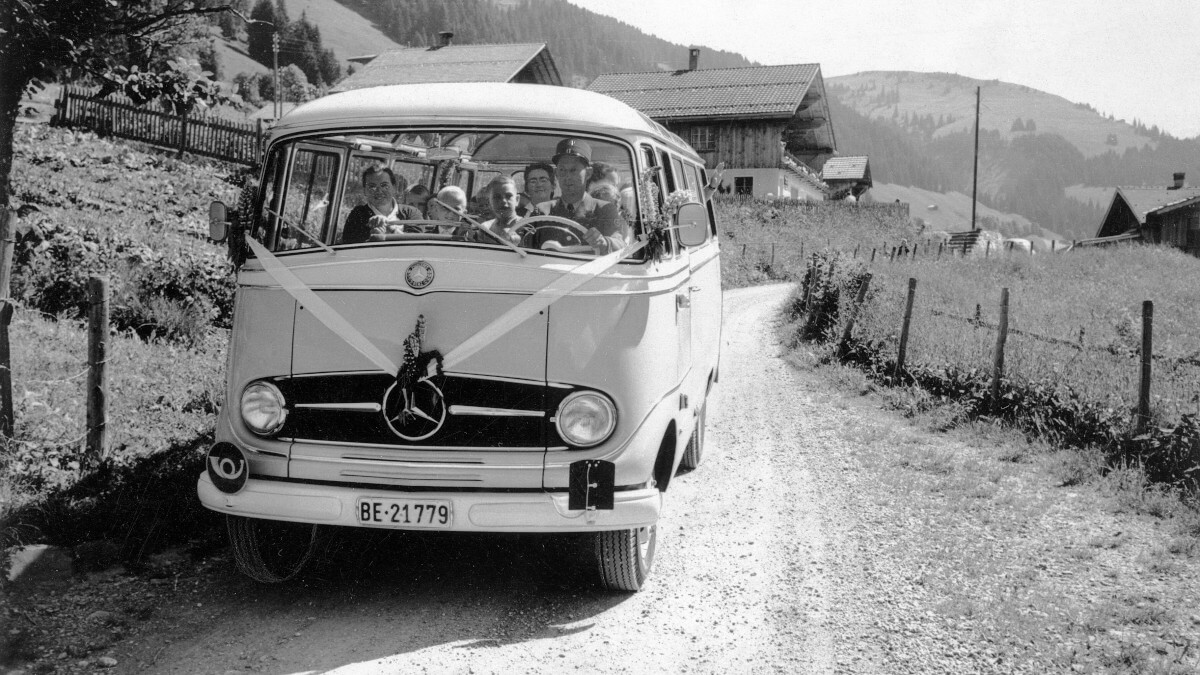



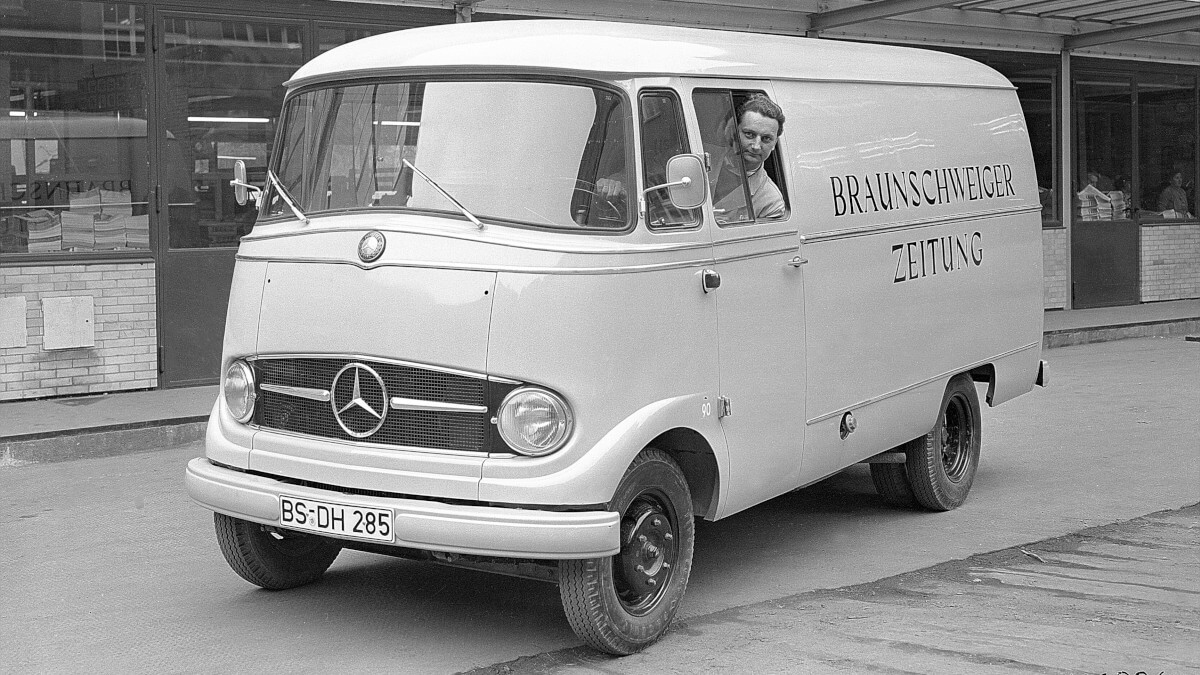



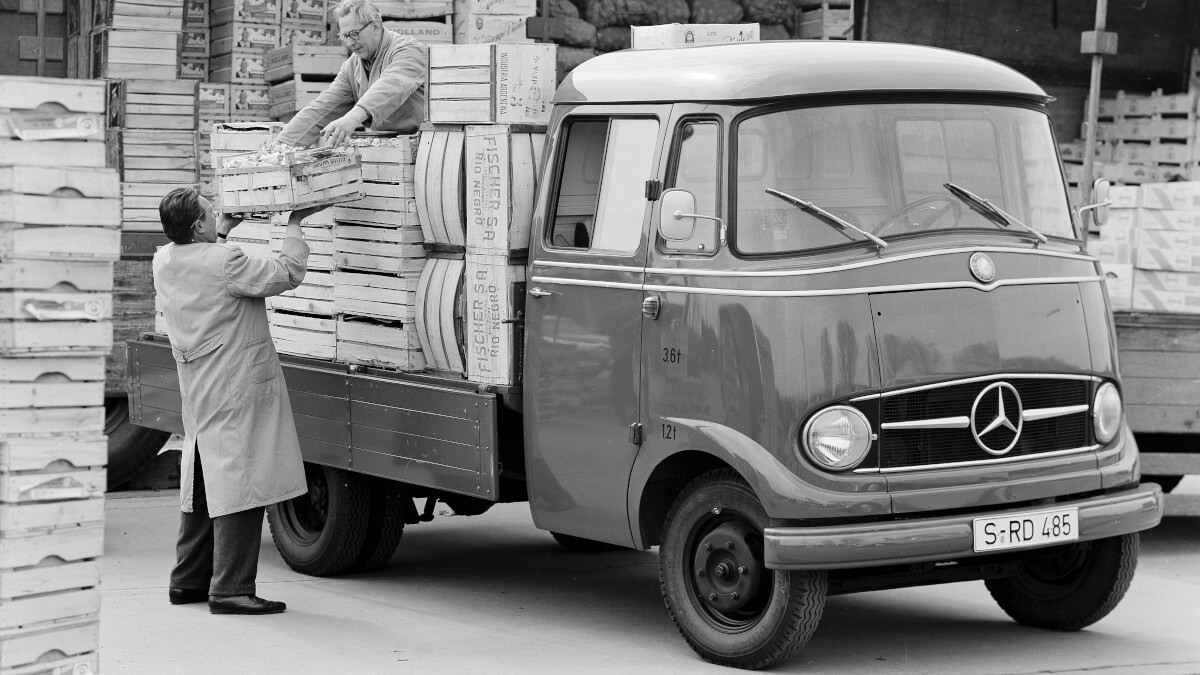



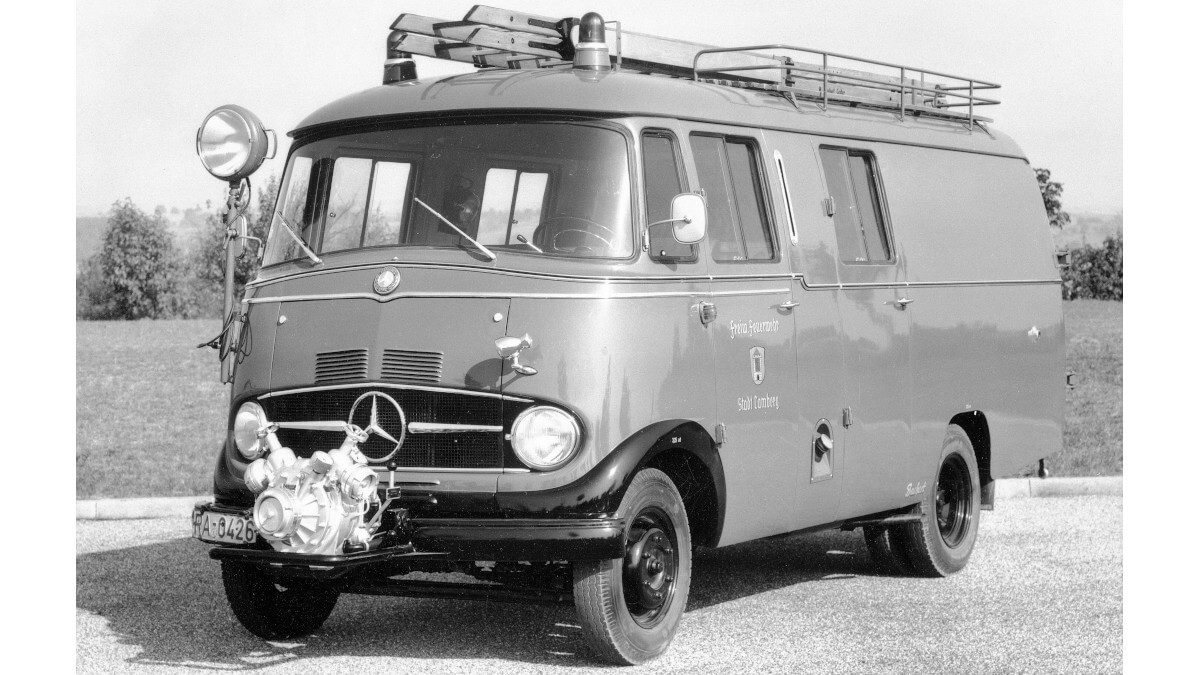



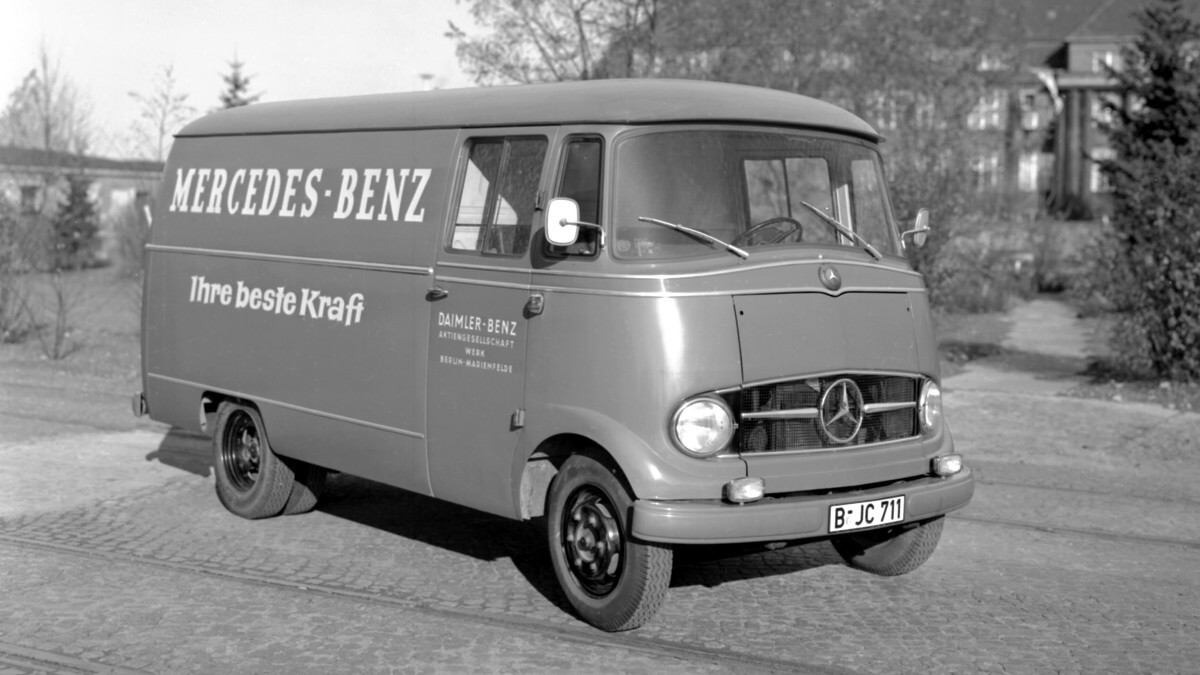



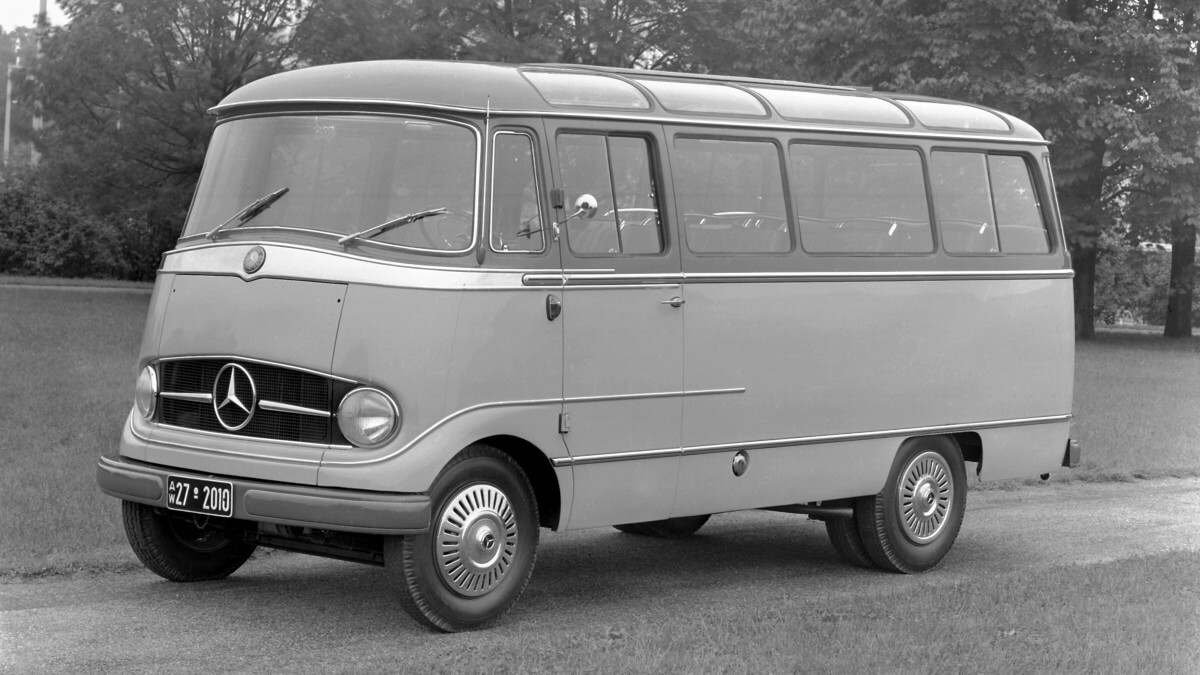



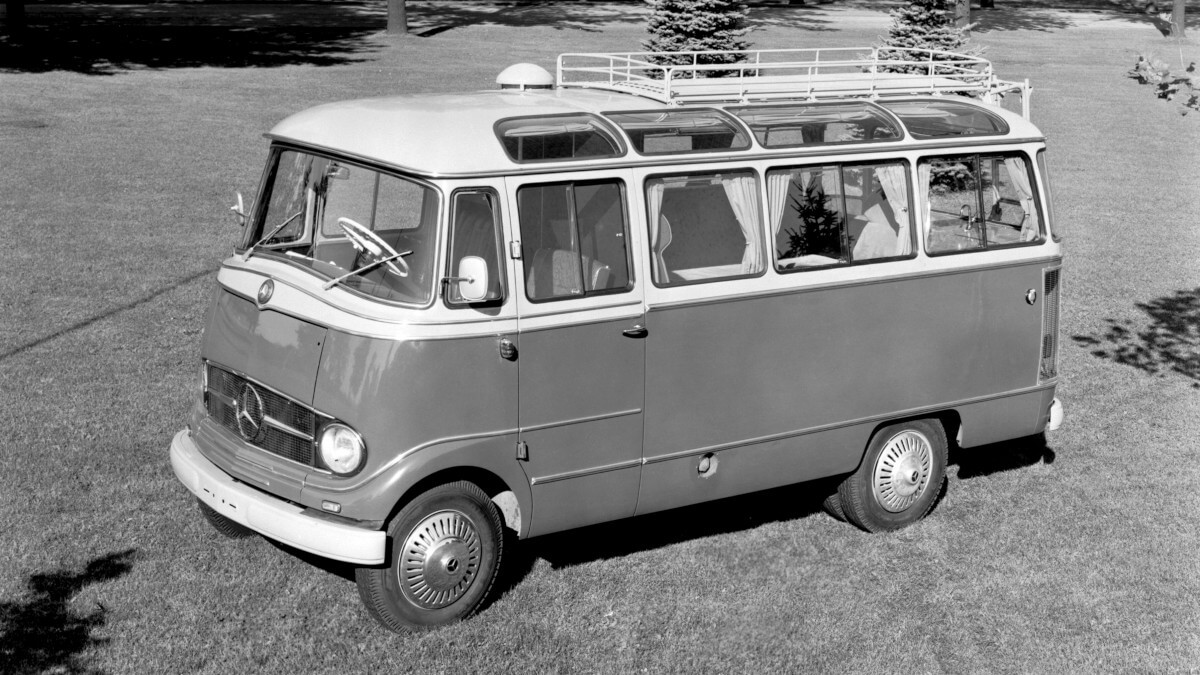



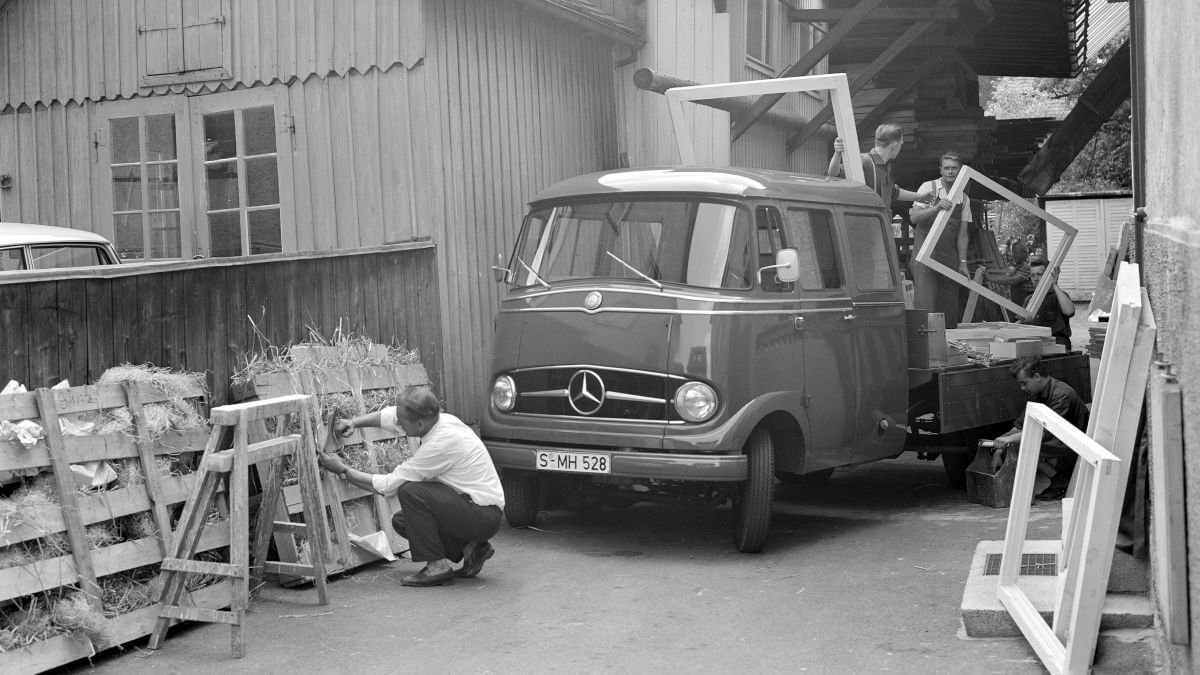



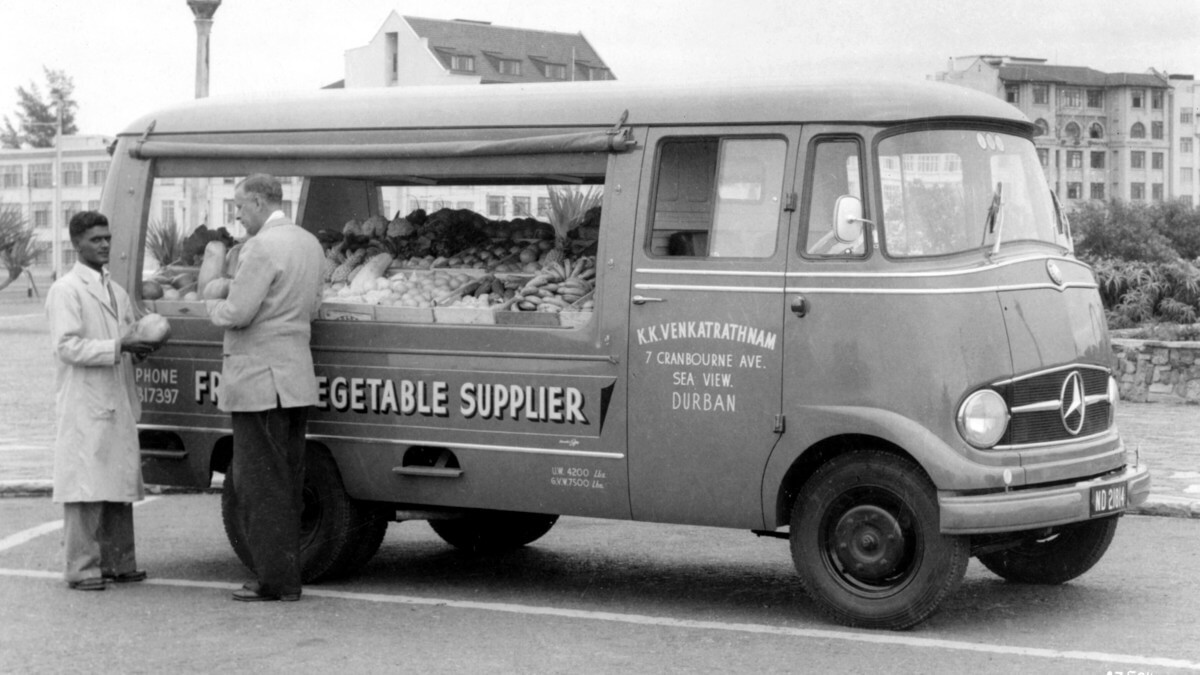



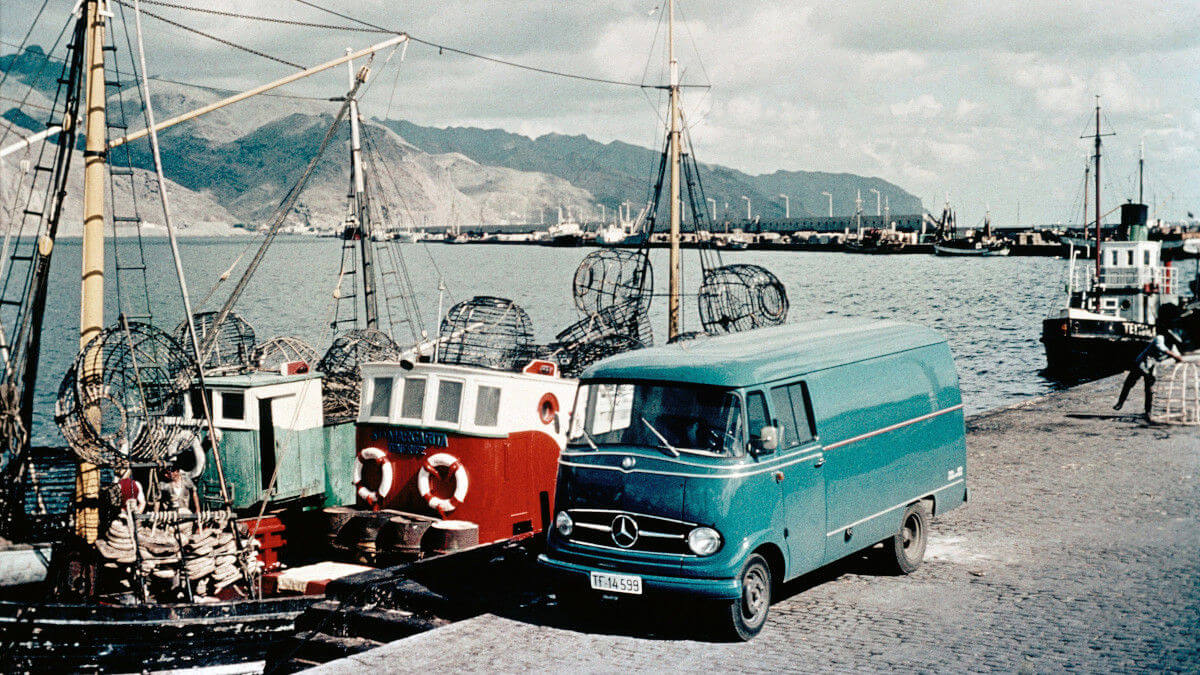



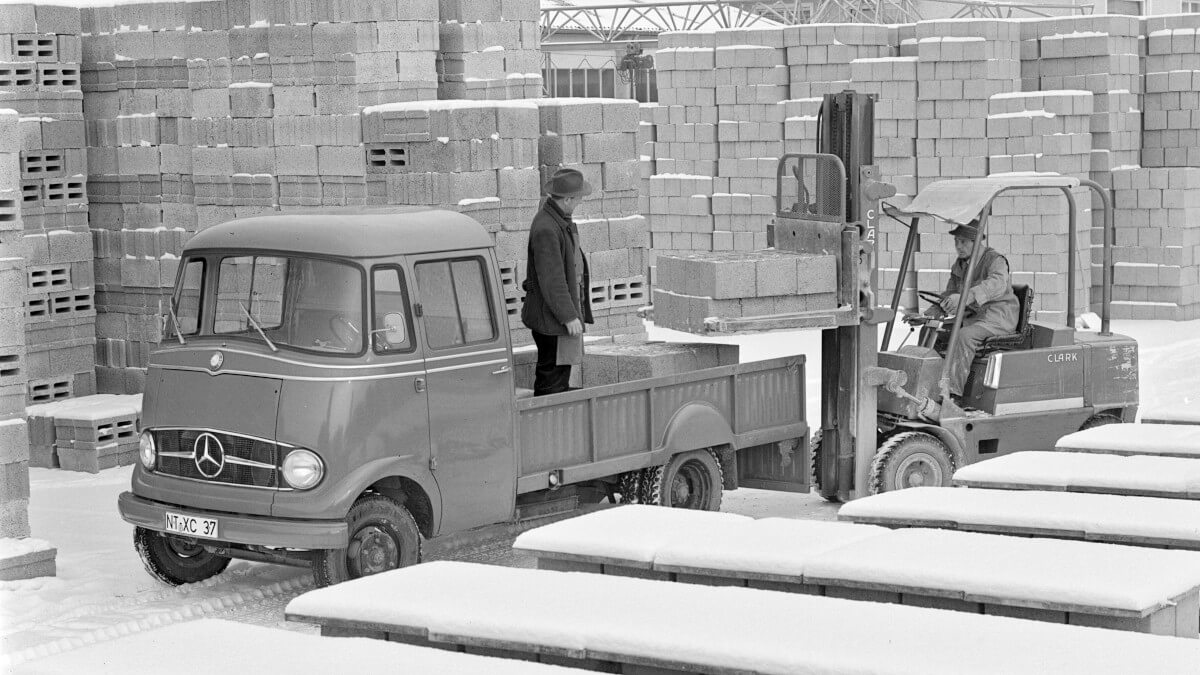







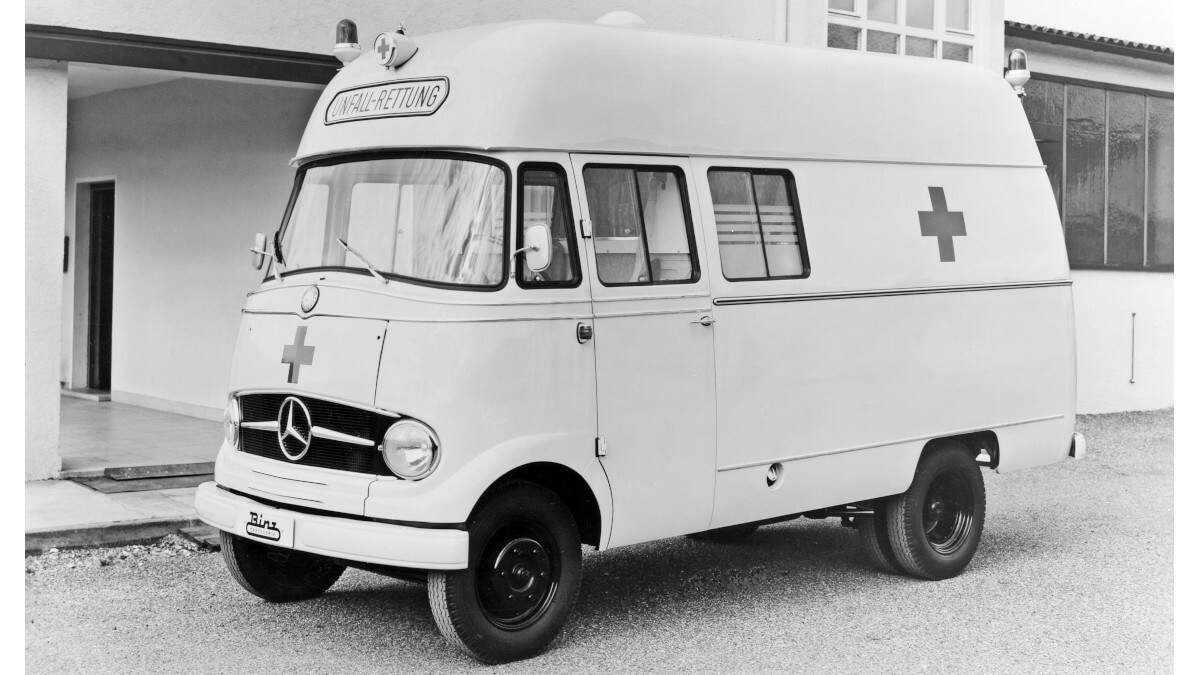



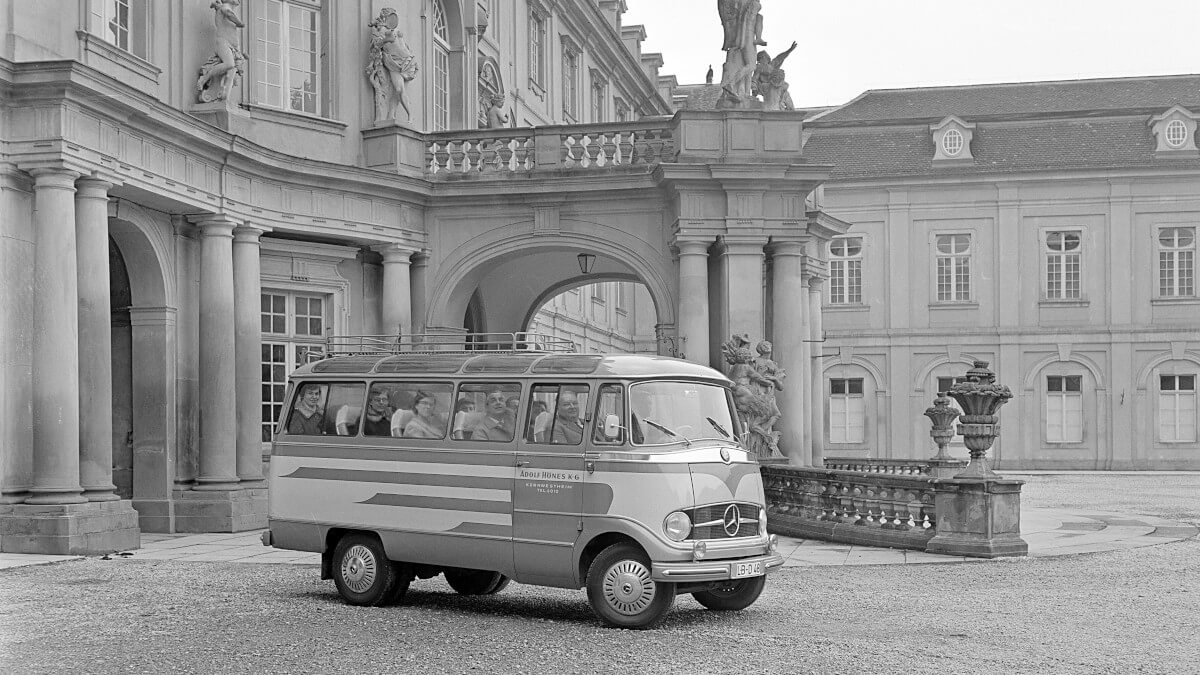



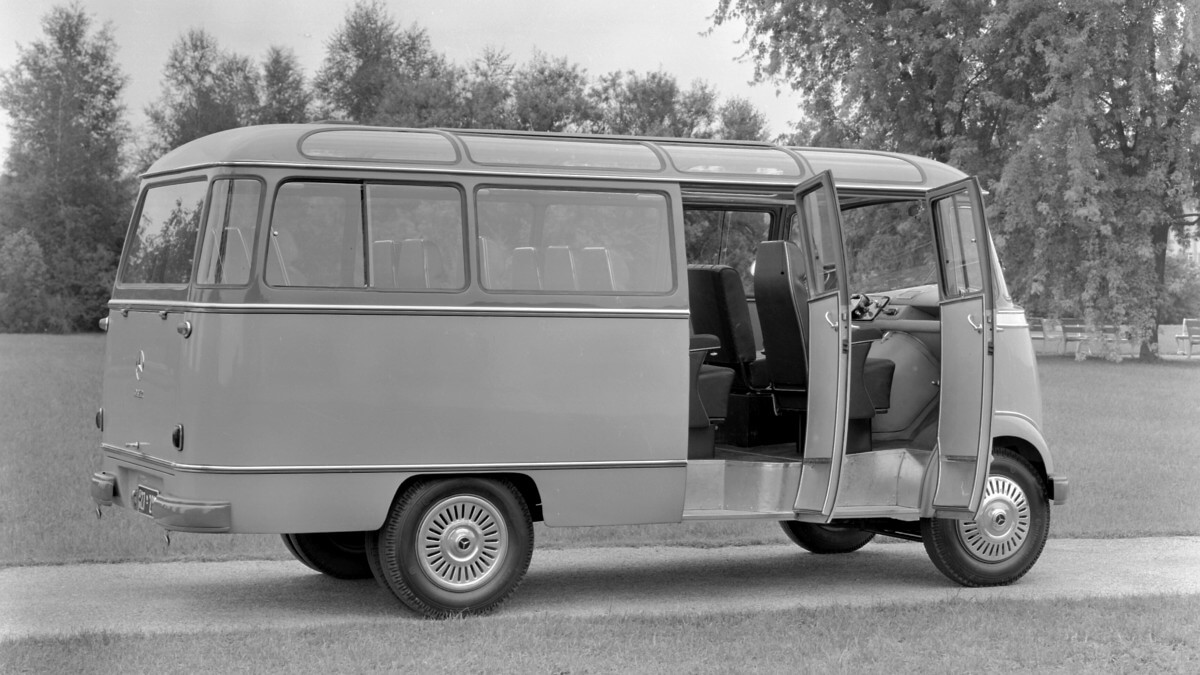



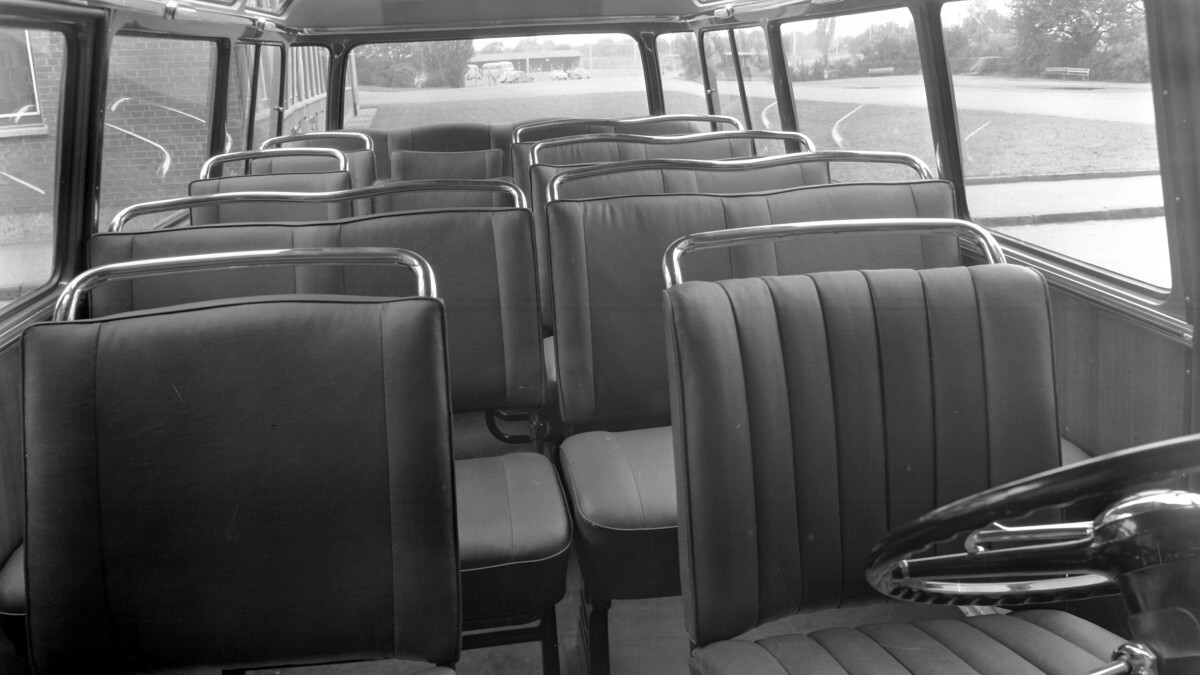



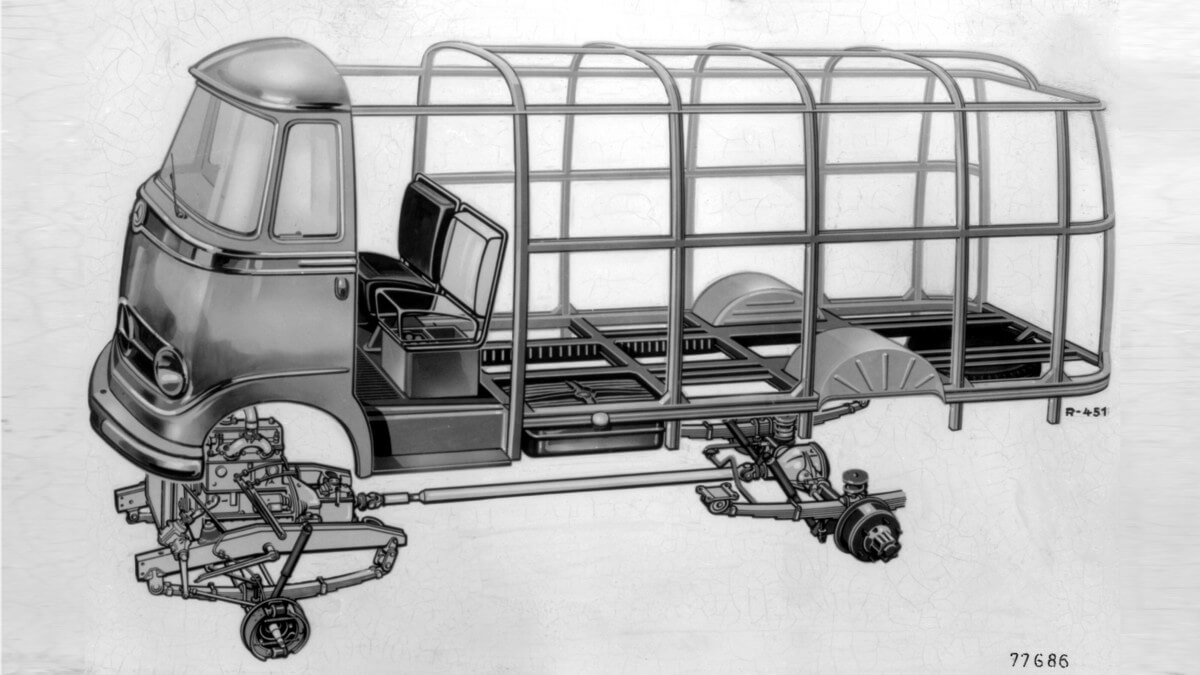



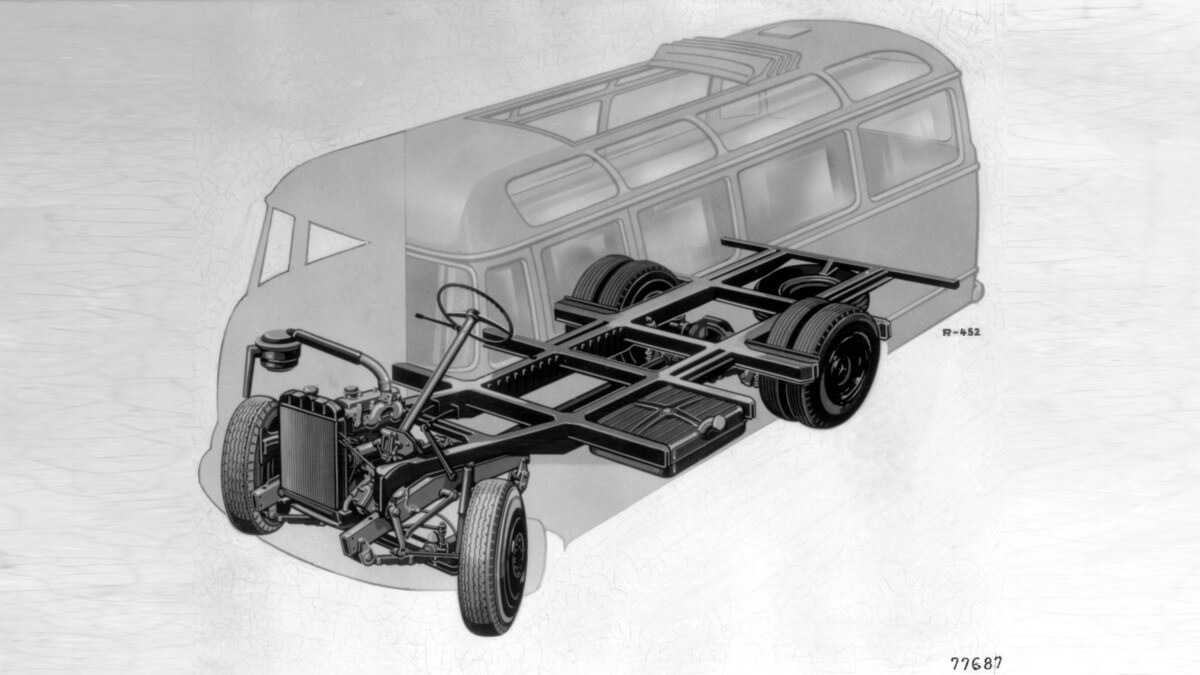



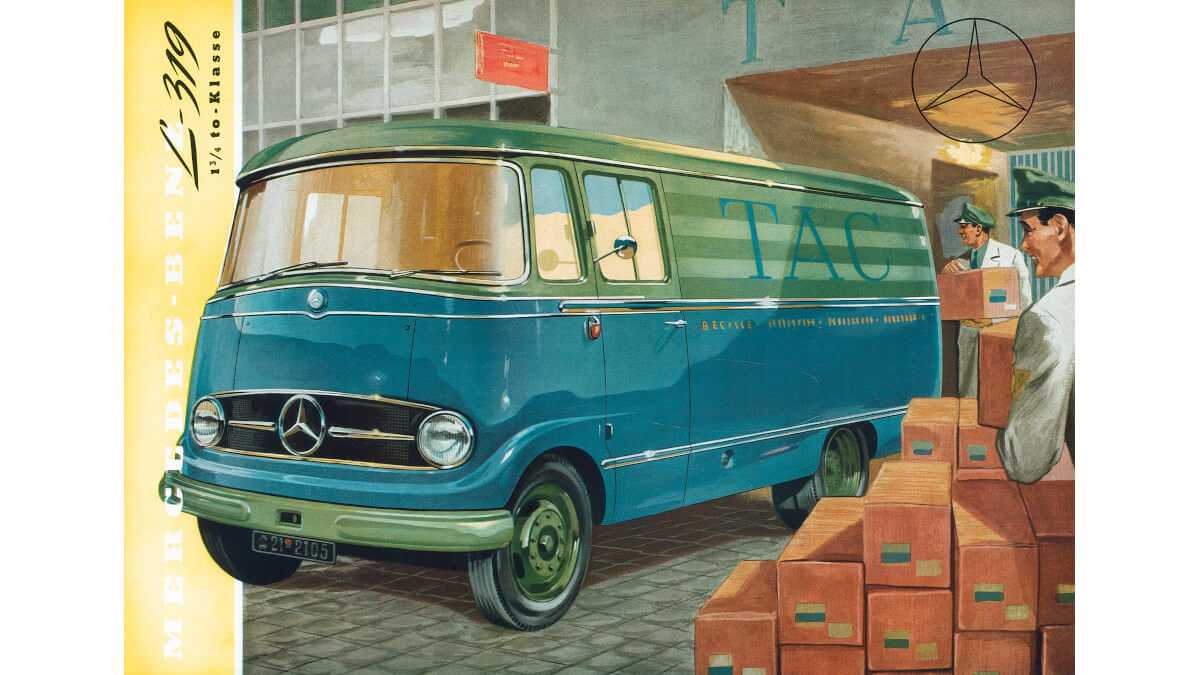



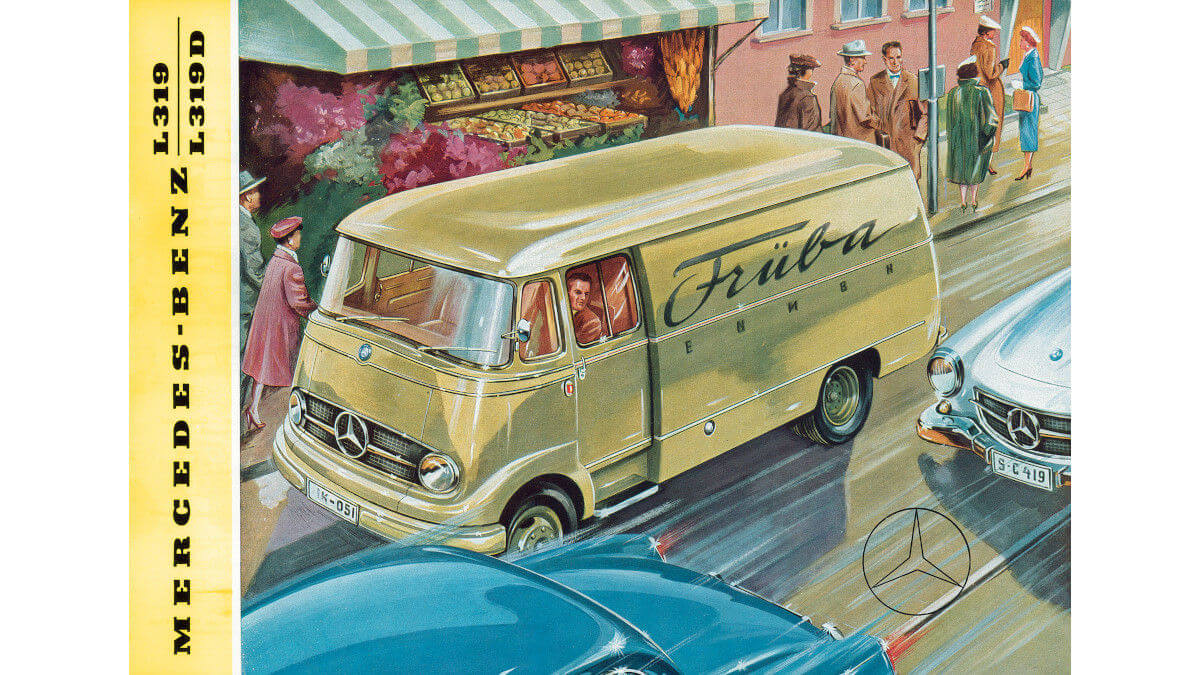



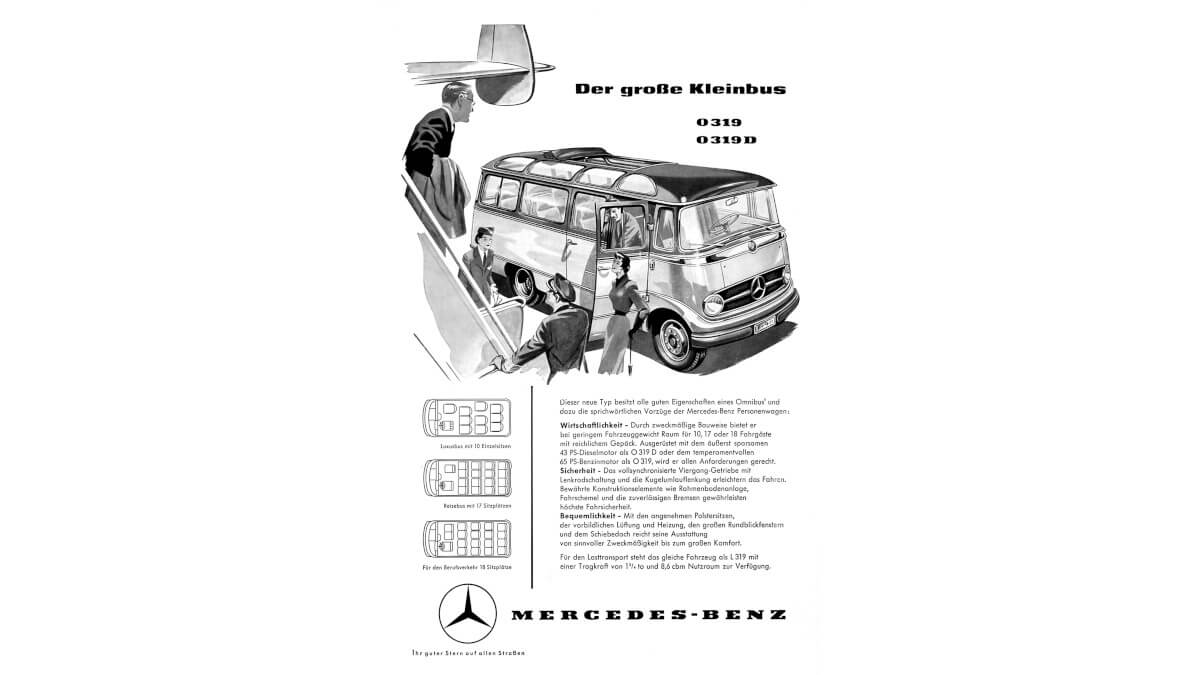



At the IAA in September 1955, the result of six years of development work was thus presented, which became the L 319 as a small commercial vehicle and the O 319 as a bus for up to 18 passengers plus driver. This new class of delivery van and light truck with a payload of one to two tons immediately attracted a lot of attention. in the course of testing, these vehicles were given a design with a stable ladder frame and space-saving forward control design with a subframe and self-supporting body. The rigid front axle with longitudinal leaf springs, telescopic shock absorbers and steering sat on the subframe as did engine and gearbox. This subframe was bolted elastically to the floor assembly at four points. The rigid banjo rear axle with leaf springs and inclined shock absorbers was supported by additional coil springs for high loads. The wheelbase was 2.85 meters. With an outer length of 4.8 meters, this resulted in a loading volume of 8.6 cubic meters for the panel van. Initially, production took place in Sindelfingen, but this was moved to Düsseldorf, where delivery vans such as the Sprinter are still being built today.
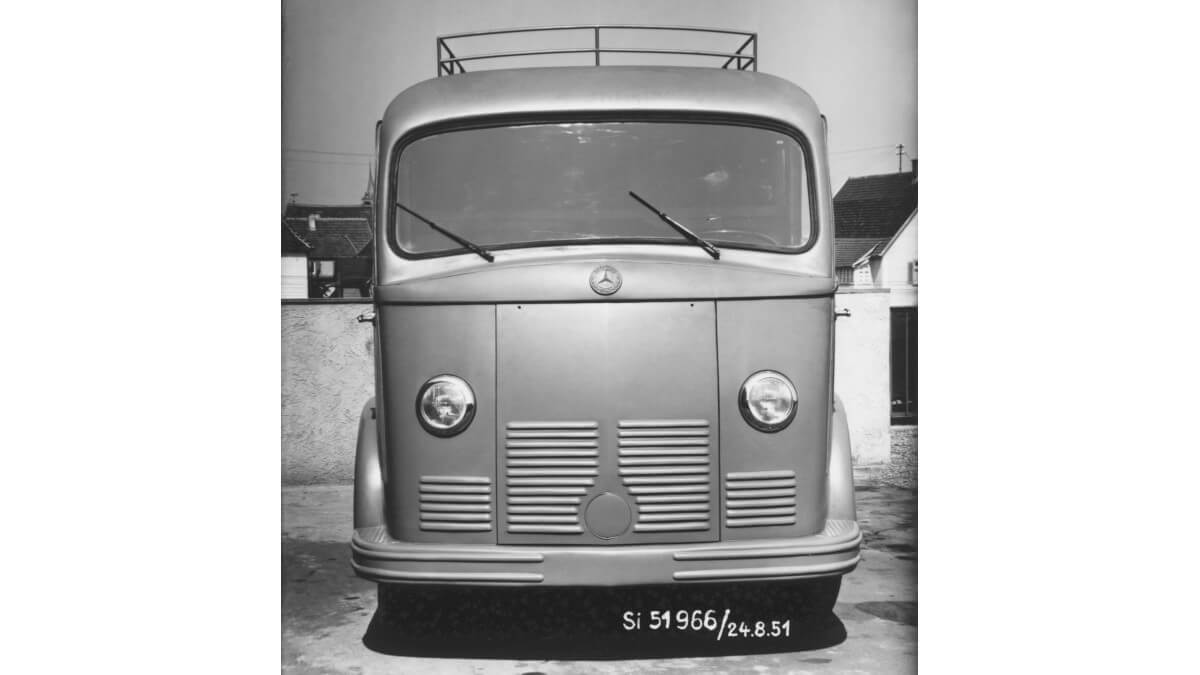



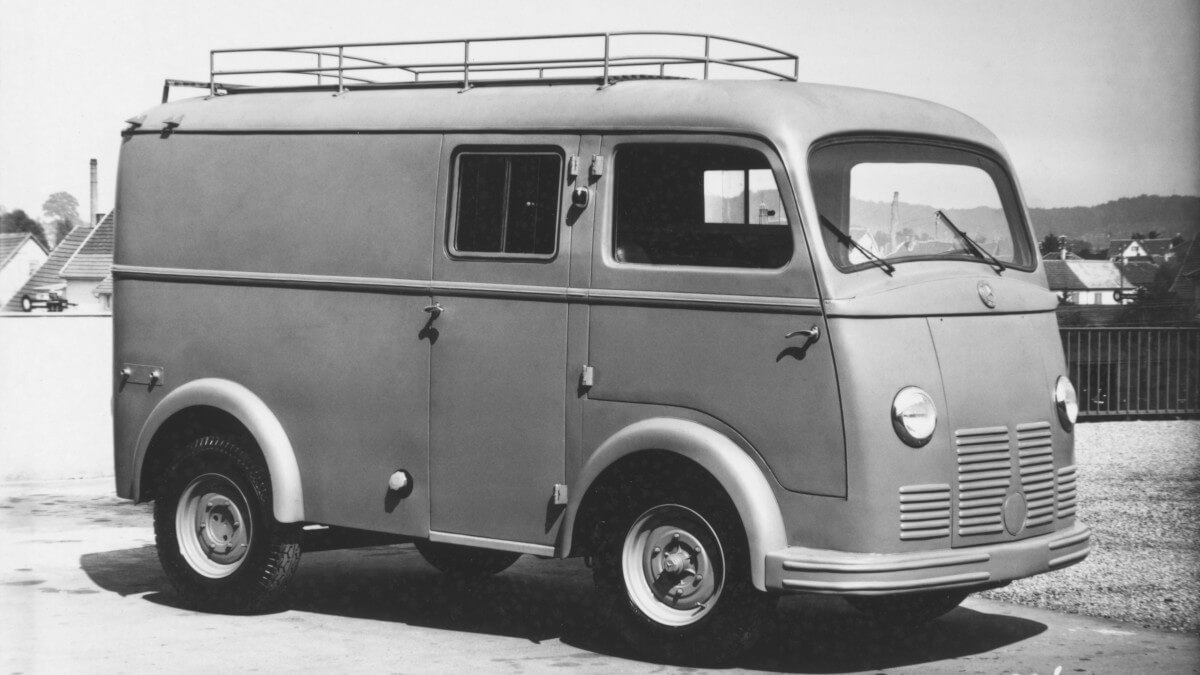



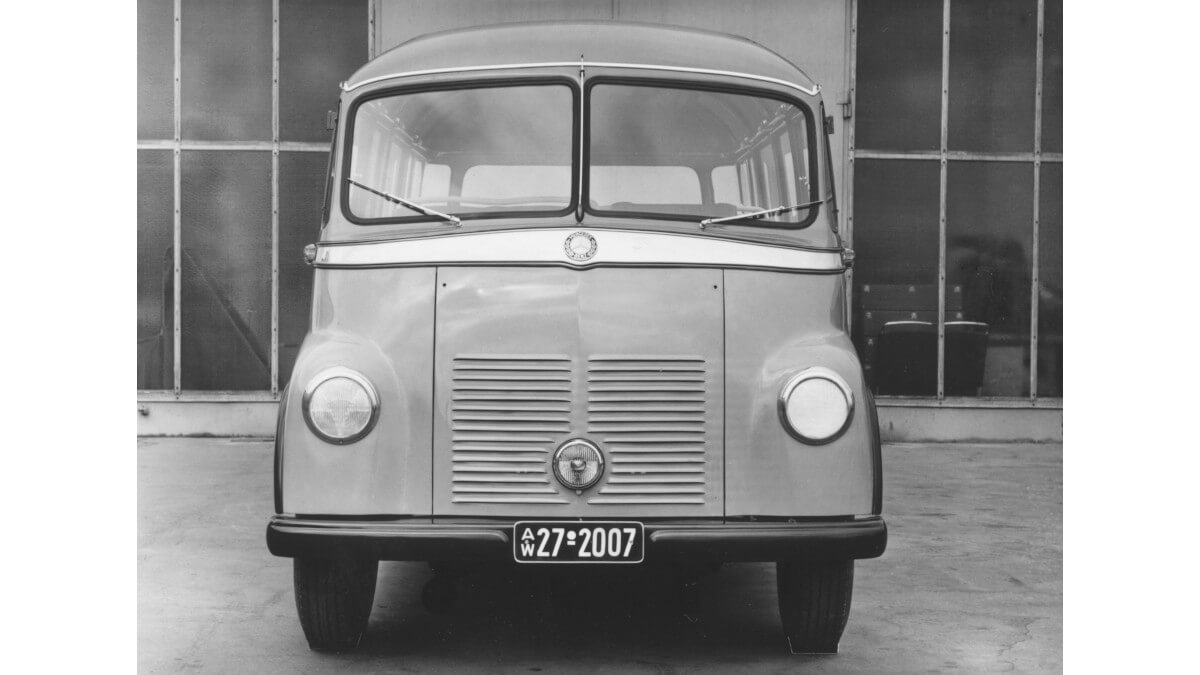



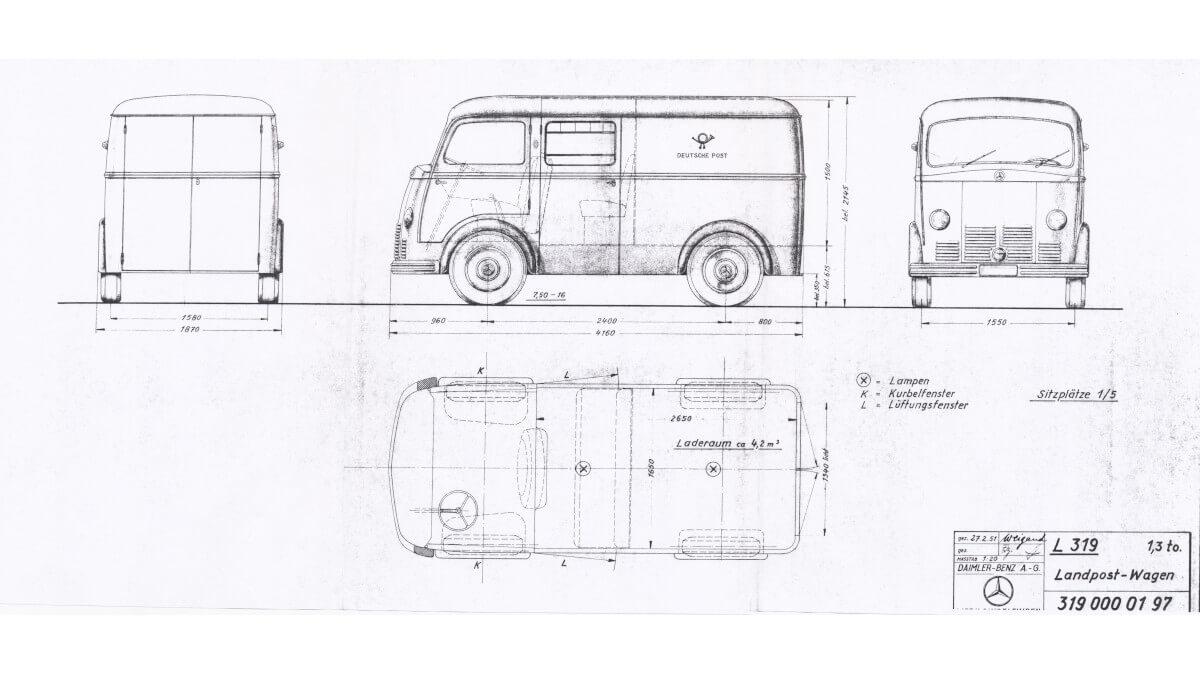



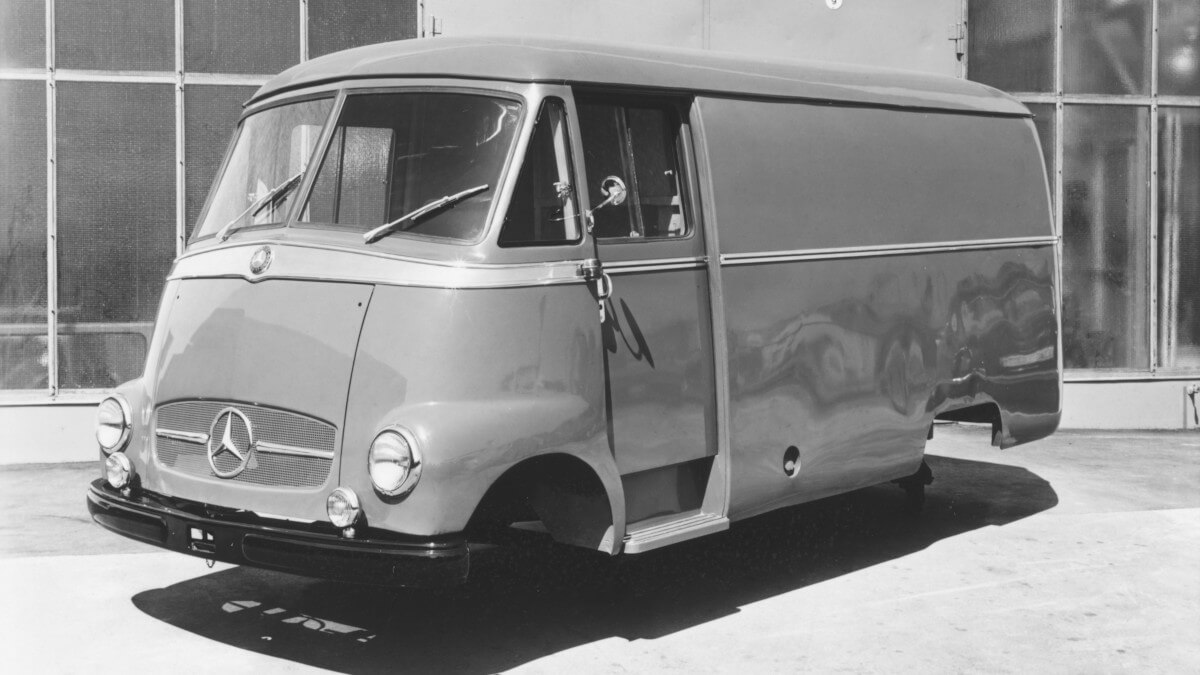



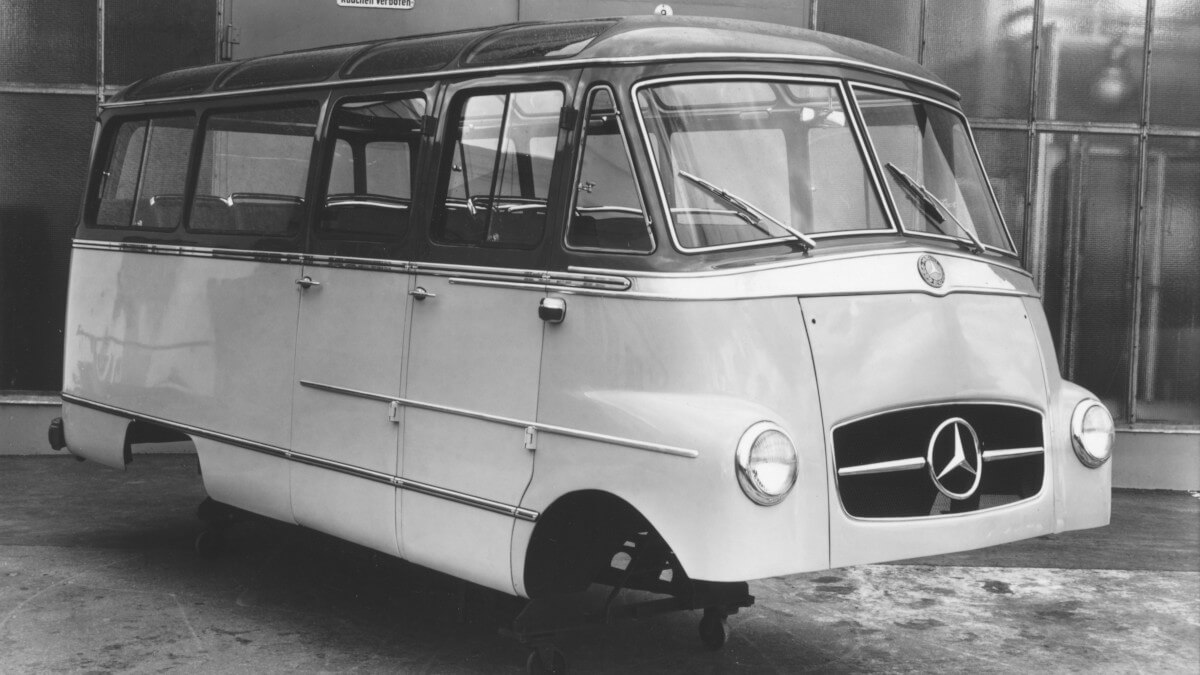



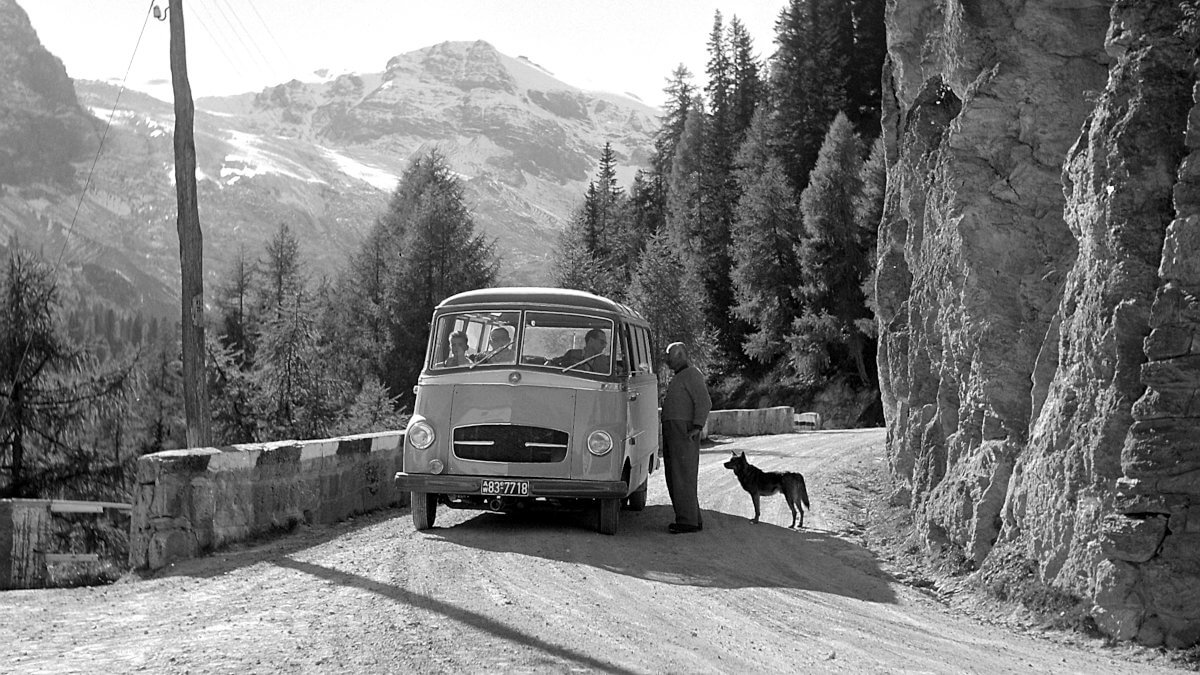



It wasn’t until August 1956 that production of both model series finally began, initially as the L 319 D and O 319 D with the 1.8 liter OM 636 diesel engine and 32 kW/43 hp. This was sufficient for a topspeed of 80 kph (49.7 mph). Parallel to this, a 48 kW/65 hp gasoline engine was available from February 1957. In the fall of 1961, the company switched to the more modern OM 621 two-liter diesel engine with 37 kW/50 hp from the 190 D passenger car, whose output was increased to 40 kW/55 hp in 1965. In addition, the gasoline engine now had 50 kW/68 hp (from 1965 even 59 kW/80 hp). In 1963 Mercedes-Benz extended the range of the L 319 by a platform truck with a wheelbase of 3.6 meters, which made it possible to choose between a larger loading area with a length of four meters or a double cab. Larger brakes and stronger springs also increased the payload from 1.75 to two tons. With gasoline engine the vehicle was renamed to L 407 and with diesel engine to L 405, whereby this nomenclature of tonnage (four tons of total weight in this case) and power (first digit of the hp specification, i.e. 70 and 50 hp here) was to characterize the designation of all Mercedes utility vehicles and trucks for several decades. Today, especially well-preserved examples of the O 319 are popular collector items as luxury buses with side roof windows, which now easily achieve six-figure sums. The L 319 was often used up until it was no longer worth preserving. Accordingly, these vehicles are rarely seen nowadays.
Images: Mercedes-Benz




